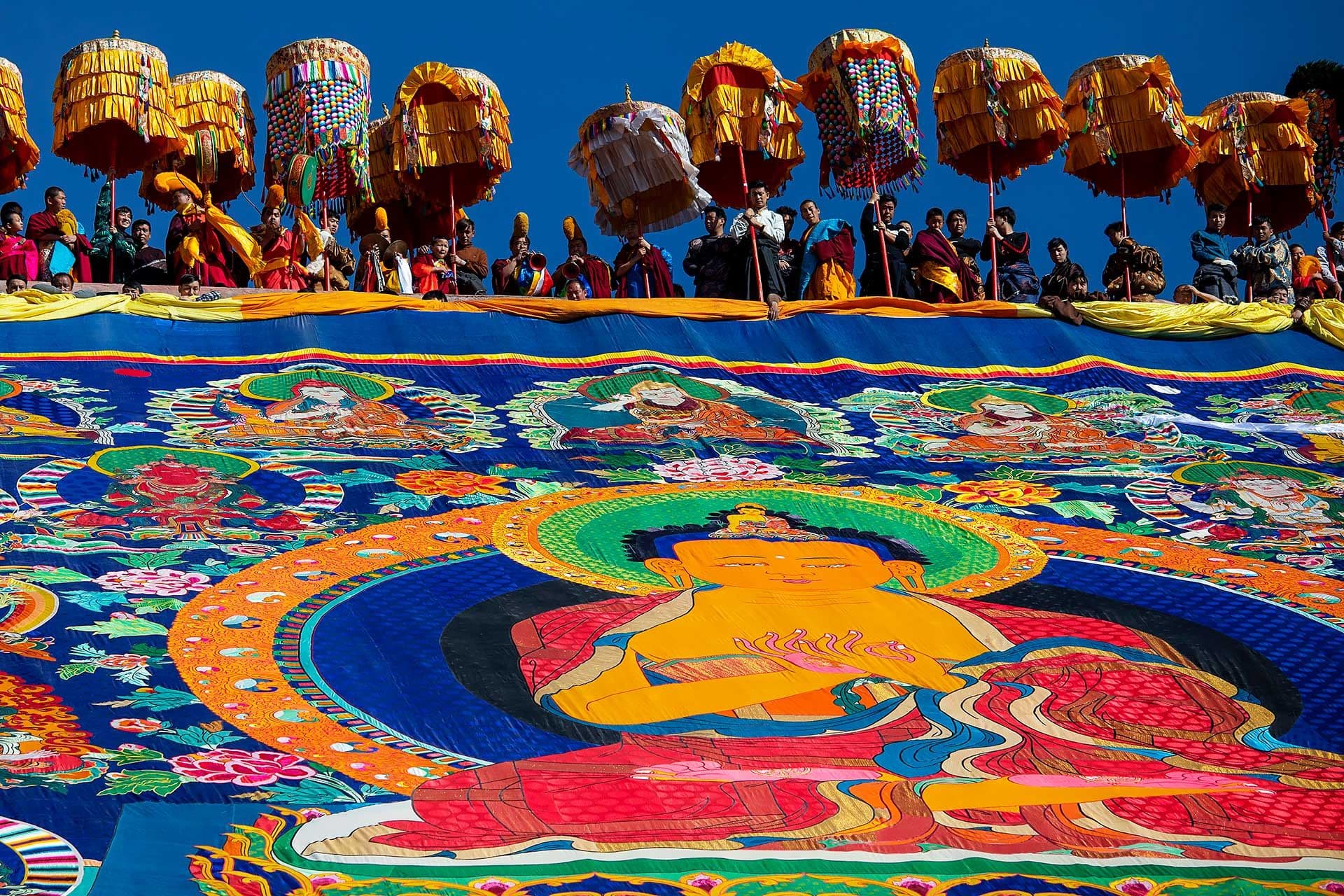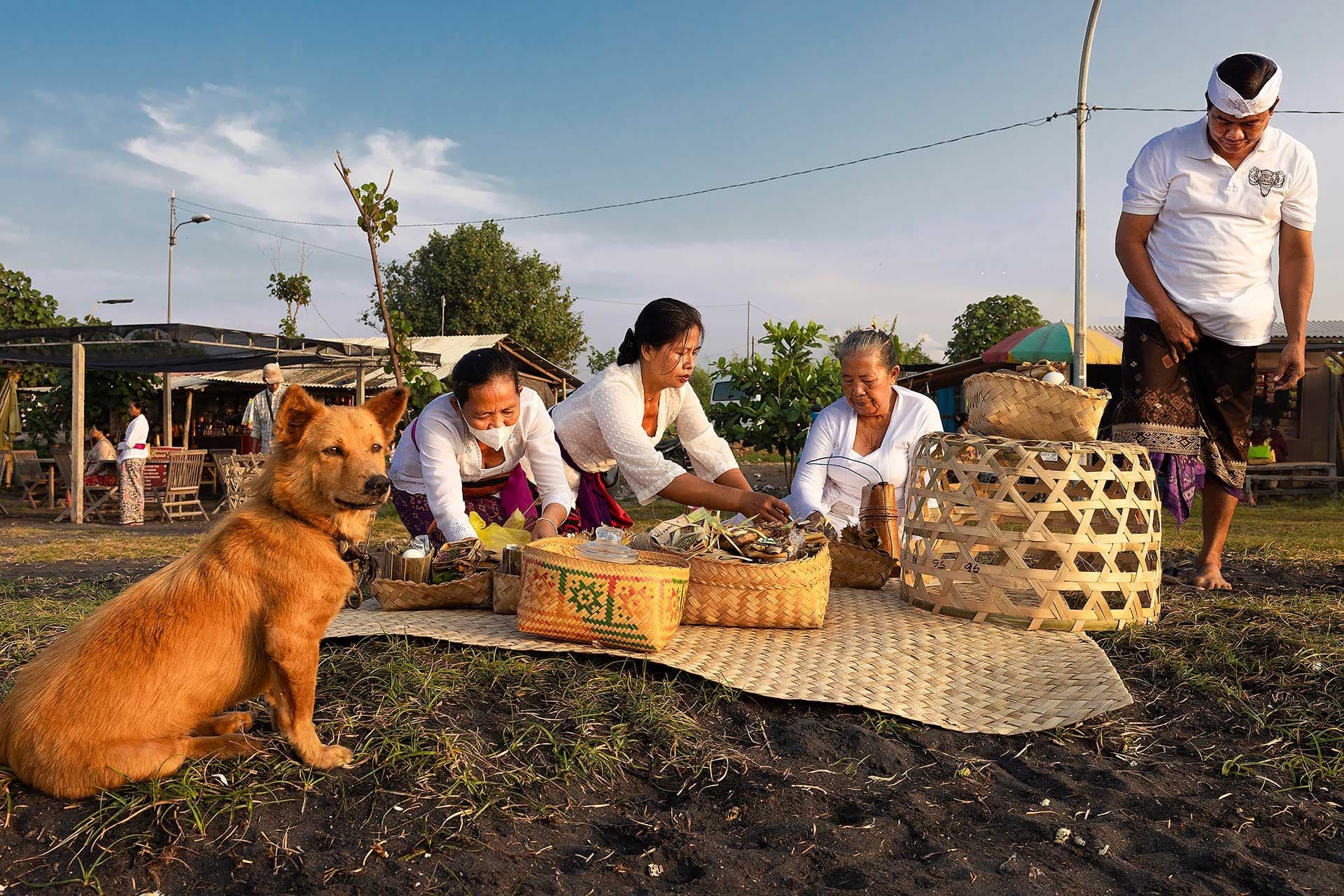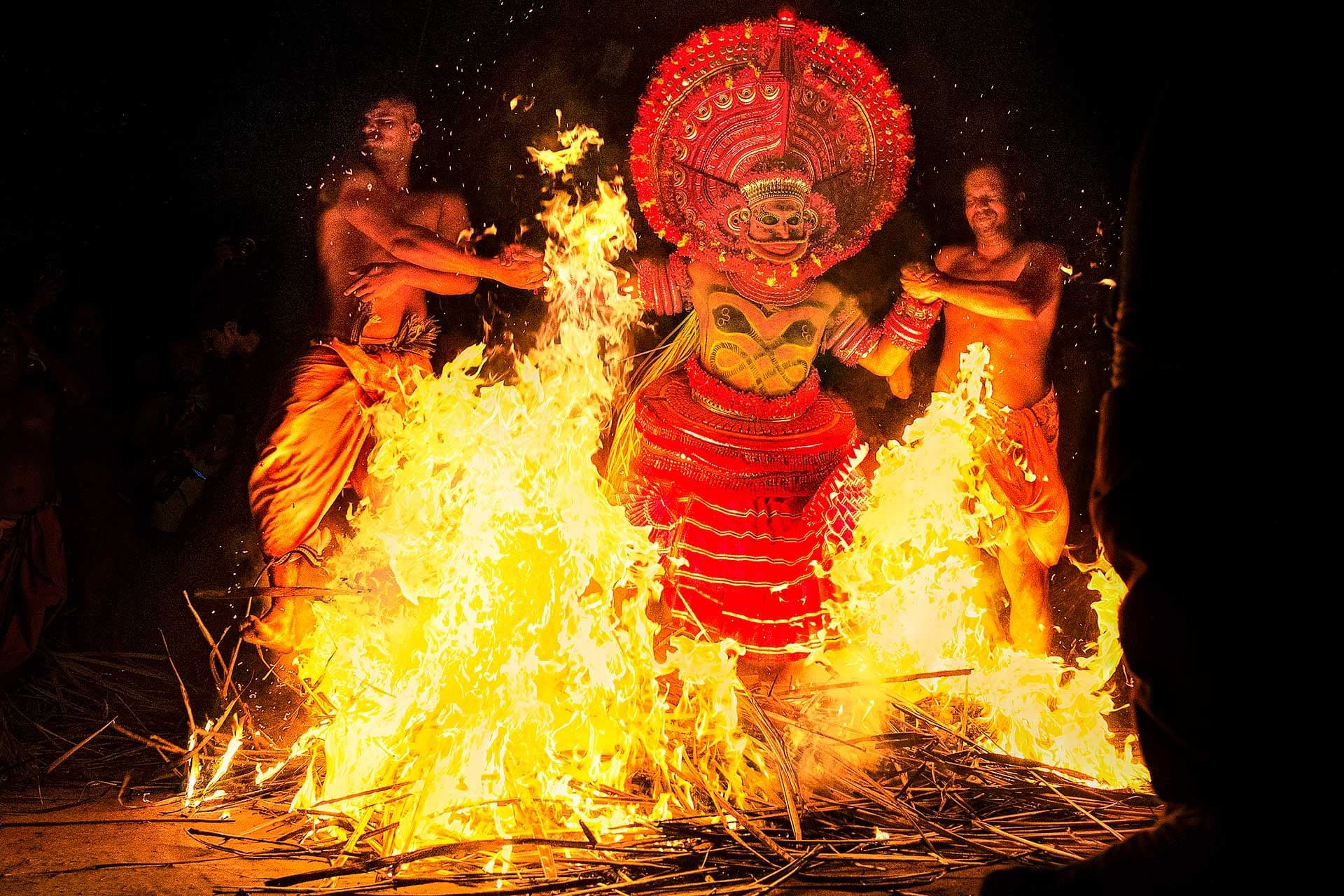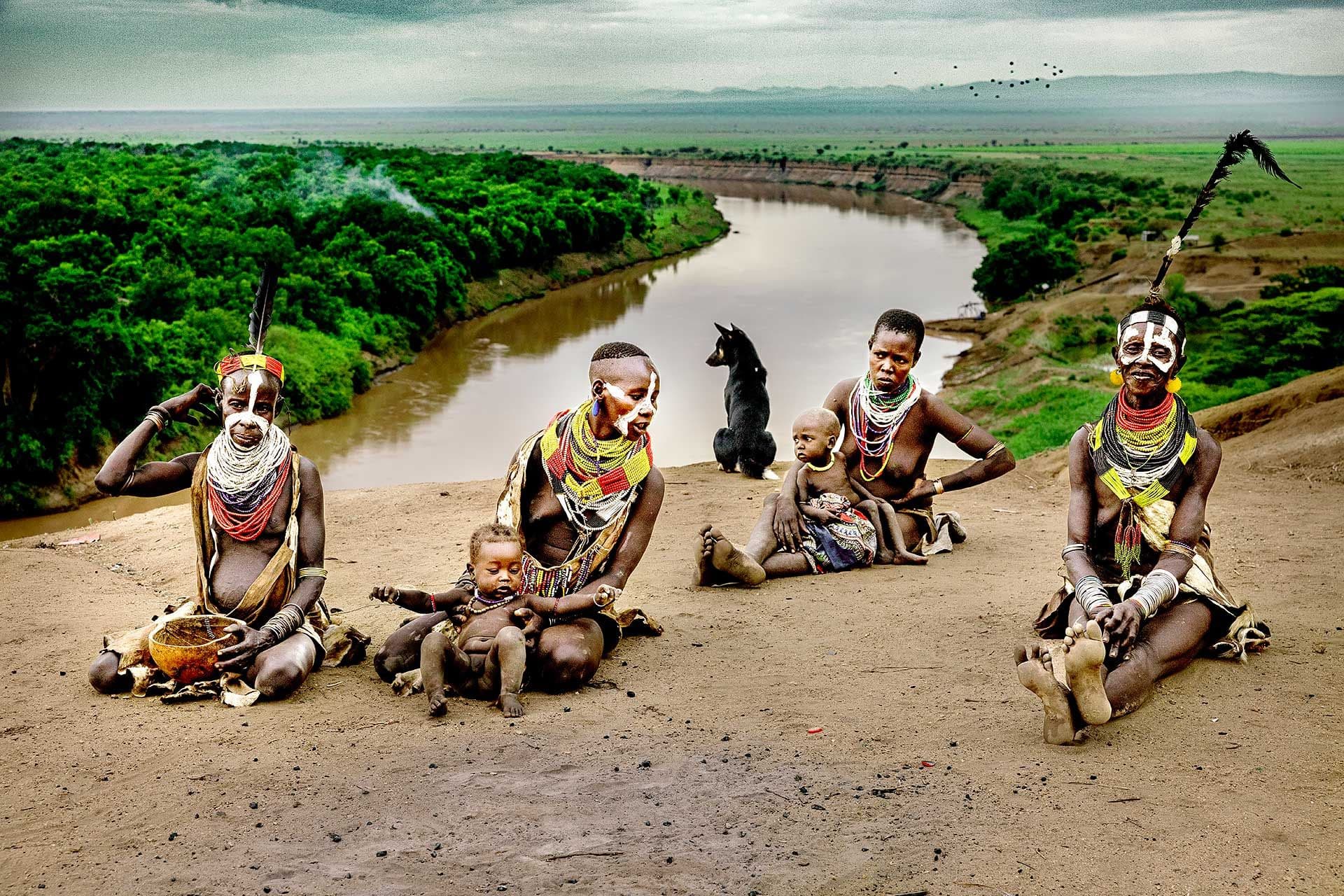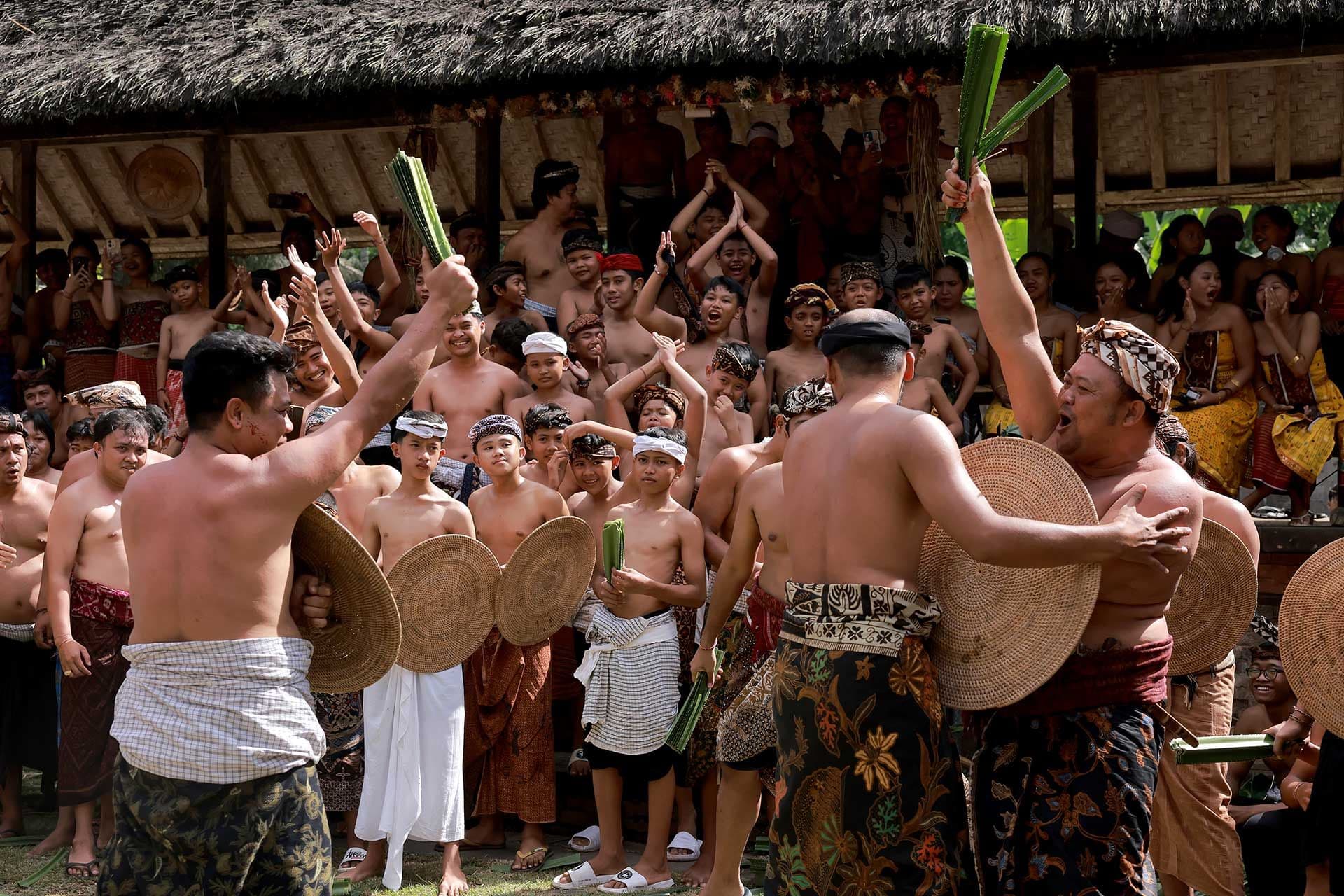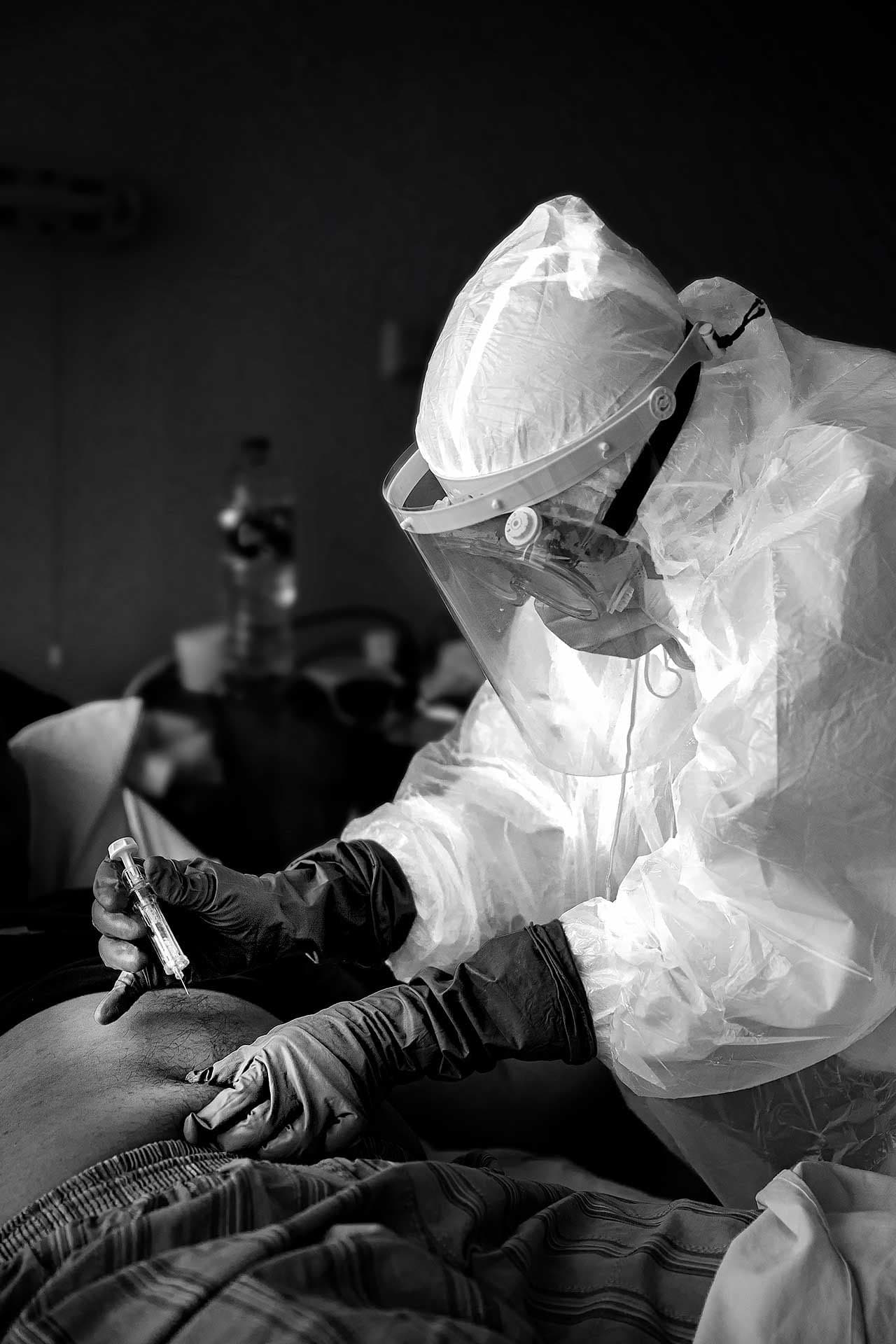Jahja Teguh Widjaja: Capturing Life Through the Eyes of a Pulmonologist
Mahacaraka® Press
In the heart of Bandung, a seasoned pulmonologist, Jahja Teguh Widjaja spends his days treating patients and educating future doctors at Maranatha Christian University. Yet, beyond his medical expertise lies a profound passion for photography, particularly in the genres of documentary and street photography. This interview explores the fascinating journey of a man who has found a way to balance a demanding career with an equally demanding hobby, capturing the essence of life through his lens.
Can you tell us a short story about your journey as a pulmonologist and how you developed an interest in photography, particularly documentary and street photography?
I have been practising as a pulmonologist at Immanuel Hospital, Bandung for 25 years. Additionally, I am a full-time lecturer in Respiratory Diseases at the Faculty of Medicine, Maranatha Christian University, Bandung. My journey into photography began in 2013 when I attended the Salon Foto Indonesia exhibition in Bandung, organised by PAF Bandung. On a whim, I decided to visit the exhibition and met some PAF members who invited me to participate in a photography competition. At that time, I had just bought a camera and didn’t know how to use it properly, so I used the auto setting and gave it a try. Surprisingly, I won the first runner-up award. This success motivated me to take photography more seriously. I joined PAF Bandung and frequently attended photography workshops in Bandung and even Jakarta.
From the beginning, whenever someone asked me what subjects I preferred to photograph, I always answered people. At that time, I had no understanding of photography genres. Over the years, I have experimented with various genres, but I have always gravitated towards photographing people. My passion eventually narrowed down to Documentary, Culture, and Street Photography.
How do you balance the demands of your medical profession with your passion for photography?
I do not compartmentalise my life. When I am working as a doctor, I fully dedicate myself to serving and helping my patients. As a lecturer, I focus entirely on imparting knowledge to my students. When I am out photographing, I do it earnestly and wholeheartedly to capture the best images I can. The key is to embrace everything wholeheartedly and joyfully.
What sparked your interest in photography, particularly in the genres of documentary and street photography?
Photography allows me to create works that express my response to the world around me. My interest in photographing people likely stems from my daily interactions with people in my medical practice. Documenting human activities in a spontaneous and candid manner through documentary and street photography has become a style that I thoroughly enjoy and resonate with.
Are there any photographers or artists who have influenced your style and approach to documentary and street photography?
In Indonesia, I admire Erik Prasetya and his concept of “Estetika Banal.” I also appreciate Beawiharta’s journalistic documentary approach and have learned a lot from Agung Prameswara about creating photo stories. Internationally, I enjoy the spontaneity of Saul Leiter and Daidō Moriyama, the neatness of Matt Stuart’s street photos, and the street documentary styles of Robert Frank, Fred Herzog, and Joel Meyerowitz. Alex Webb’s complex, multi-layered dramas, Fan Ho’s classic style, Lee Jeffries’ street portraits, and the social documentaries of Sebastiao Salgado and Abbas are also significant influences. For travel documentaries, I admire Michael Yamashita and Steve McCurry. I don’t just know their names but also collect their photo books.
What inspired you to create the best-selling photo book “PANDEMIC”? Can you share some insights into the process of documenting the pandemic situation at your hospital?
During the Covid pandemic, I was responsible for leading the covid team at Immanuel Hospital, Bandung. I decided to document the efforts of the medical staff as they battled to care for covid patients. As a doctor involved in treating these patients, I took photographs of my colleagues while still performing my duties. Technically, it was challenging, as I had to wear full protection while taking the photos. Over time, I accumulated a substantial collection of photos, which led to the idea of creating a photo book, eventually published as “PANDEMIC.”
Do you have any upcoming photography projects or exhibitions that you are excited about? Can you give us a glimpse into what’s next for you?
I am planning to create a second series of the book titled “PANDEMIC: A MEMOIR.” This book will not only feature photographs but also include short notes from medical staff and patients about their experiences during the pandemic.
Can you share a memorable experience or story from your photography adventures?
Every experience and moment in my photography journey is precious and memorable.
You’ve joined several Mahacaraka adventures. What makes Mahacaraka unique for you?
There are several aspects that make me frequently join Mahacaraka trips. Firstly, Mahacaraka’s photography trips are meticulously designed, prepared, and executed. Secondly, their destinations are often unique. Thirdly, their concept aligns perfectly with my interest in People Photography, capturing cultural rituals, festivals, human interest, street scenes, and portraits.
Can you describe a particular experience or trip with Mahacaraka that has had a profound impact on your photography?
On Mahacaraka trips, I have learned a great deal about photography, from basic techniques to advanced skills and, most recently, creating photo stories. These experiences have significantly benefited my photographic development.
What advice would you give to other professionals who have a passion for photography but struggle to find time for it?
Everyone has the same amount of time; the difference lies in how we use it. If we have a genuine passion for photography, we should allocate time to learn and develop our photography skills.
In the heart of every professional lies a passion that often goes unnoticed amidst the hustle of daily responsibilities. This interview encapsulates the essence of balancing a demanding career with a fervent hobby, showing that with dedication and joy, it is possible to excel in both. As our interviewee continues to capture the world through his lens, his story serves as an inspiration for all who seek to blend their professional and personal passions seamlessly.
